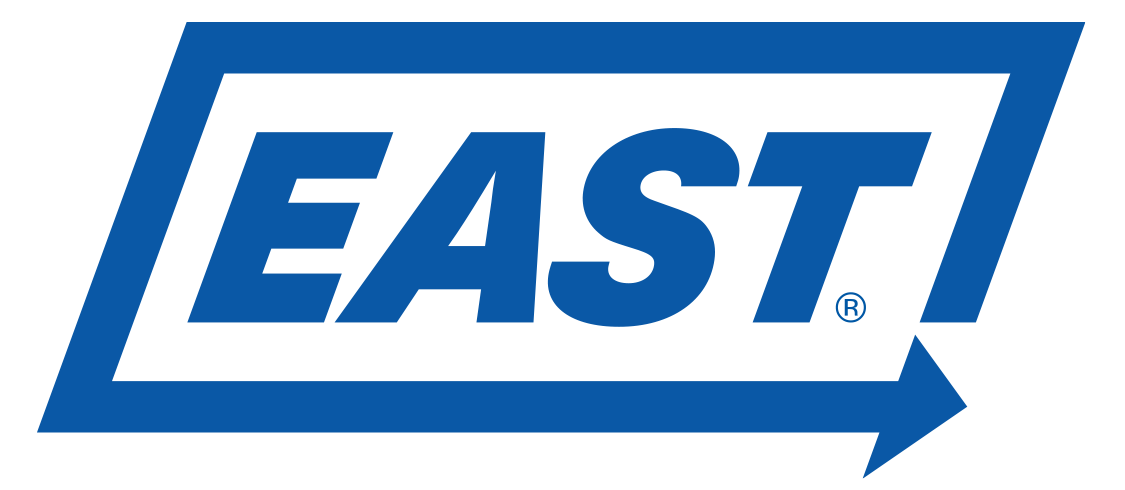Pre-Trip Inspection for Your Dump Trailer
RANDOLPH, Ohio – April 10, 2017 – The following instructions provide a general description of the proper procedures, which must be considered before operating your dump trailer or truck dump body. We recommend that you follow your specific dump trailer or truck dump body manufacturer’s instructions for maintenance procedures.
To prolong the life of your trailer, it is important to inspect the trailer daily, paying specific attention to the rear area. While walking around the inside and outside of the trailer, you are inspecting the floors and sidewalls for wear or punctures.
OPERATING HAZARDS: Can cause injury or death. East dump trailers and dump bodies must be operated ONLY by properly trained and qualified professional drivers. Operation by untrained or inexperienced persons could result in serious injury, death or damage to the equipment.
Pre-Trip Checkpoints
Driver pre-trip inspections must be made before the first trip of the day and should be made before each subsequent trip during the day. Each pre-trip inspection should include the following equipment checks.
- Inspect for any apparent damage. Look for oil, water and fuel leaks.
- Check to see that all lights function, and check that all reflectors are in place and not obscured.
- Check that the tailgate latches open and close properly.
- On dump trailers, examine the landing gear for proper road clearance, and make sure the crank handle is securely stowed.
- On dump trailers, perform a visual check for assurance that the kingpin is engaged and locked within the fifth wheel.
- Make sure the tailgate latching linkage is properly adjusted. When latched, the locking cams must pass over center on both tailgate latches.
- Visually inspect all suspension springs for broken leafs and equal arch.
- Be sure the suspension springs are secured within the hangers and equalizers.
- Check that all air springs are inflated, if you have an air suspension.
- Check tires air pressures. Tires should be inflated to tire manufacturer’s specifications.
- Check wheel lugs for proper torque, and ensure the rims are not slipping.
- On wheels with see-through hubcaps, check the oil level in the wheel hubs. Add oil as needed.
- On wheels with solid hubcaps, pull plug and check oil level in wheel hubs, adding oil as needed.
- Make sure the spare tire is secure in the carrier. Be sure the carrier is securely bolted to the chassis.
- Visually check the brake pads for wear.
- By actuation, determine if the brake system is in proper working order.
- Turn the ignition on and observe the ABS warning light. Verify that the light goes on for three seconds and then goes off. If the light remains on, the ABS requires service.
- Set trailer-parking brakes, and rock the trailer back and forth to test the brakes.
- Make sure there is sufficient hydraulic oil in the hydraulic tank.
- Check for chafed hoses or cracked fittings.





